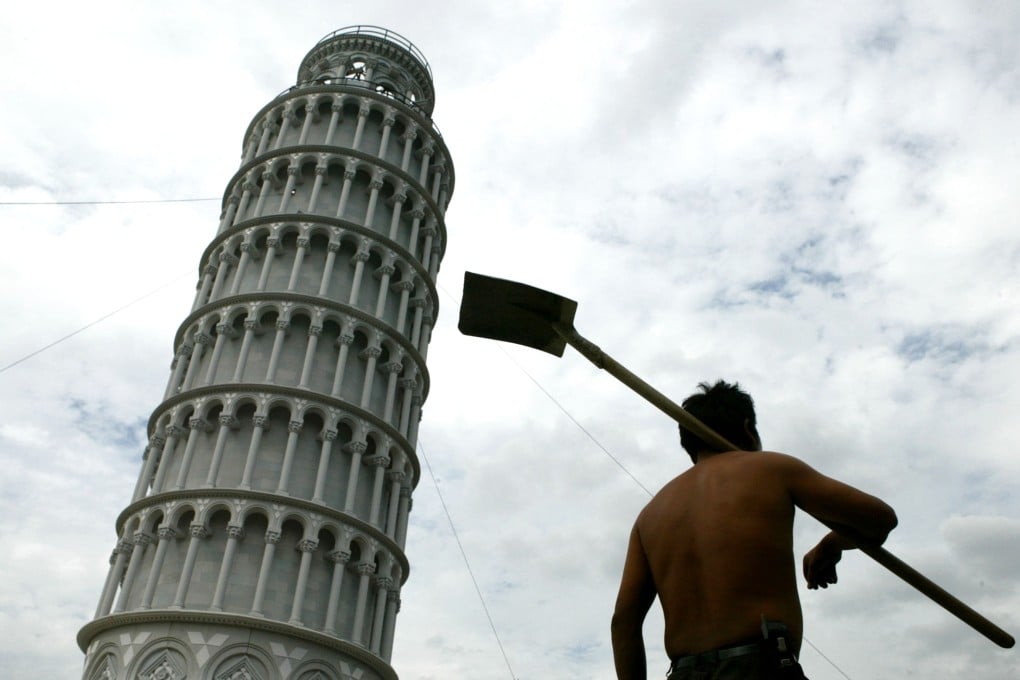Galileo can rest easy as Chinese atom dropping experiment fails to disprove law of free-fall

Mainland Chinese scientists have taken Galileo’s gravity experiment on the leaning tower of Pisa to the next level by tracking the free fall of two atoms with unprecedented accuracy.
Lead scientist professor Wang Jin of the Chinese Academy of Sciences' Wuhan Institute of Physics and Mathematics in Hubei province said the experiment far outstripped previous studies.
“The accuracy of our result is ten times to the previous record, which has not been renewed for almost a decade,” he said.
“Galileo can smile in his grave. More than four centuries after, his theory still holds, at least for now.”

In 1589, Italian scientist Galileo Galilei was said to have climbed to the top of the famous tower in Pisa from which he dropped two iron balls, one large and one small.